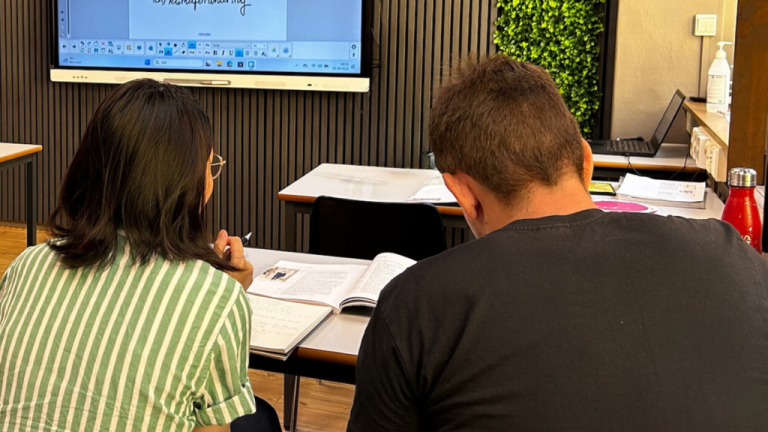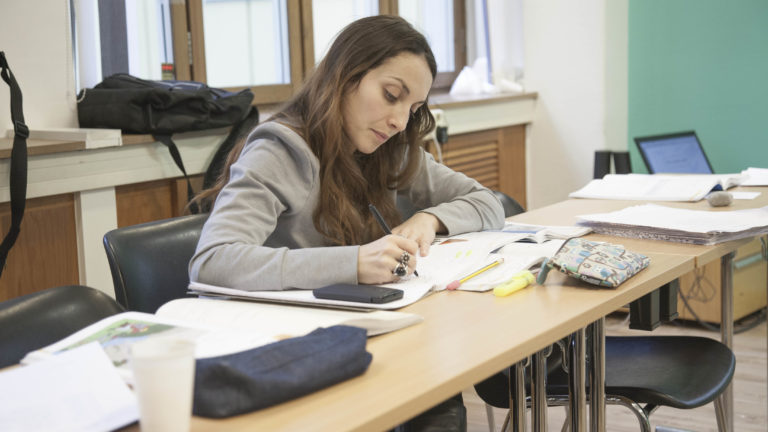What does Easter mean to Norwegians?
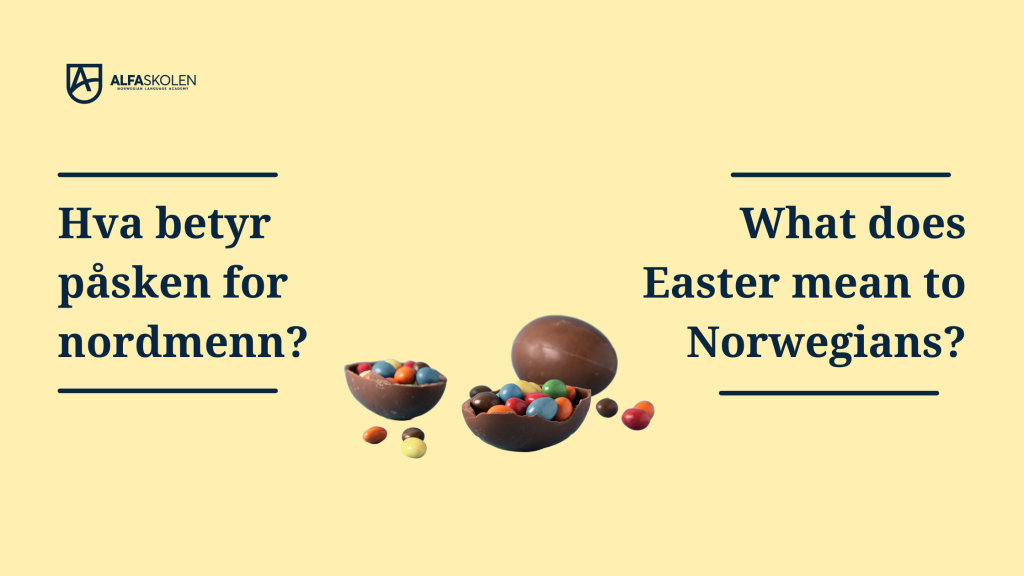
Easter is holiday time in Norway. Many head to the mountains, some read Easter crime novels or hunt for Easter eggs. Others relax at home. But what does Easter really mean for Norwegians? Why do we celebrate Easter? What Easter traditions do we have in Norway? Follow along in this blog to find the answers to these questions and learn about Norwegian Easter traditions.
When is Easter?
Easter, Pentecost, and Ascension Day are the only holidays in the West that are determined both by the moon and the movements of the sun in the sky. For Easter Sunday falls on the first Sunday after the first full moon after the vernal equinox. The vernal equinox is one of two days when day and night are equally long, and it is on the 20th or 21st of March. Half a year later is the autumn equinox.
The date for Easter Sunday therefore varies by five weeks, from as early as March 22nd to as late as April 25th.
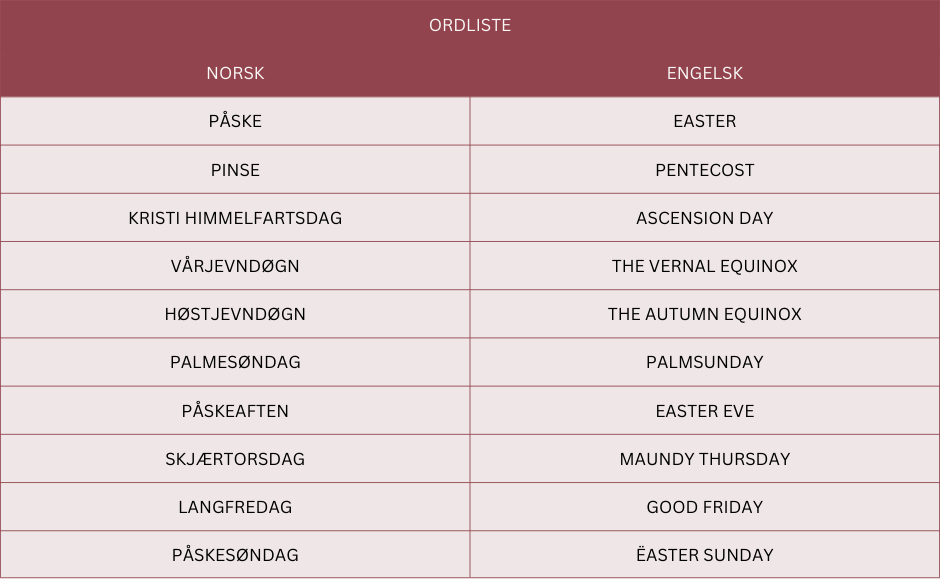
Easter as a Christian holiday
The fact that Easter is a holiday in Norway is mainly due to the fact that the country, since Viking times, has been a Christian country. Both Christianity and the Viking era are central parts of Norwegian history, and at Alfaskolen, all students learn about this at various levels. This helps provide students with a deep understanding of Norway’s roots and national heritage. This makes it easier to join in society and take part in community activities. For those interested, it can even help with becoming a citizen, making them feel more at home and involved in Norway.
Easter is the central event in the church. Paul the apostle wrote, “But if Christ has not been raised, then our preaching is in vain and your faith is in vain” (1 Corinthians 15:14). For Christians, Easter is a religious holiday that marks the suffering, death, and resurrection of Jesus. It begins with Palm Sunday, the day when Jesus, according to the Bible, rode on a donkey into Jerusalem. Palm Sunday marks the start of Holy Week, which lasts until Easter Eve. Maundy Thursday commemorates the Last Supper, and Good Friday commemorates the crucifixion of Jesus. Easter Sunday is the culmination, as Christians celebrate his resurrection from the dead. Churches across the country hold services and ceremonies to mark these events.
The New Life of spring
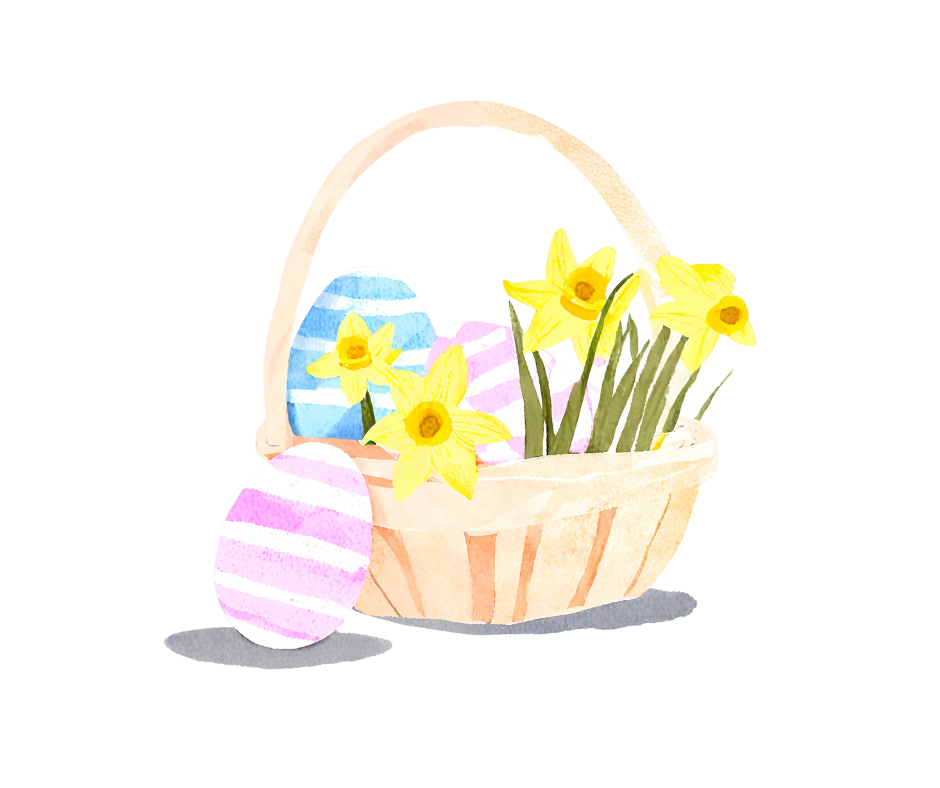
Celebrating spring is an old, pre-Christian tradition that Christianity reinforces. The German spring goddess Ostara has given her name to Ostern, which is German for Easter. Spring provides fertility and new life: the plants sprout anew, the bear emerges from its winter den, the hedgehog and other animals wake from hibernation, and many animals have new offspring. Therefore, the colour yellow, eggs, and chickens are also symbols of Easter. The eggs represent new life and the yellow is the sun’s and summer’s light. Many therefore decorate with yellow and eat eggs or chicken for Easter. We also often decorate with daffodils, one of spring’s first flowers.
The Easter Bunny
According to Greek mythology, the Easter Bunny was originally a bird that the spring goddess Ostara transformed into a hare. But because the Easter Bunny missed laying eggs, Ostara gave him this ability, but only once a year, during Easter. Easter eggs typically contain tasty treats like chocolate or dried fruit. This tradition has become a beloved part of the celebration, where children and adults search inside and outside in the hope of finding Easter eggs.
Cabin trips, skiing, and snow

Easter is a much-anticipated time for many Norwegians, characterized by vacation, relaxation, and kos (coziness). Whether at the cabin or at home with loved ones, people take the opportunity to enjoy time together. The mountain trip is a popular choice, with ski trips offering a final snow experience before summer. With Kvikk Lunsj and oranges in the backpack, one breathes in the fresh mountain air and experiences the best of nature. It is a time to recharge and create memories together.
Easter crime
A popular Easter activity is reading Easter crime novels, a tradition dating back to the 1920s when publishers began releasing crime books specifically for Easter. In addition to literature, Easter crime became a regular feature on the radio, which in time included crime movies and series on TV. In other words, it is up you if you read the newest crime novel by Jo Nebø, or prefer a british crime show on Netflix. Perhaps this is also related to the world’s most famous criminal story, with Judas and the high priests conspiring against Jesus to have him killed? Followed by a miraculous resurrection that Christians still celebrate to this day. Easter crime novels are so popular that even Tine (one of the biggest Norwegian dairy companies) has a small crime comic series on its milk cartons during Easter.
Easter at Alfaskolen
At Alfaskolen, students begin to explore Norwegian Easter traditions already at level A, and their understanding of the country’s history and culture expands at level B. Discussions about Easter are common at language cafés just before the holiday. Through this approach, students not only learn the Norwegian language but also about the country’s heritage and customs, making integration into Norway easier and providing a deeper understanding of Norwegian society. On our website, you can also find other blog posts about Norwegian traditions and information about upcoming Norwegian courses.
Remember that Alfaskolen is closed for Easter break! See our opening hours here.
Axel Bojer is a teacher at Alfaskolen, and has recently written a book about Easter and Christianity.
Tags:
